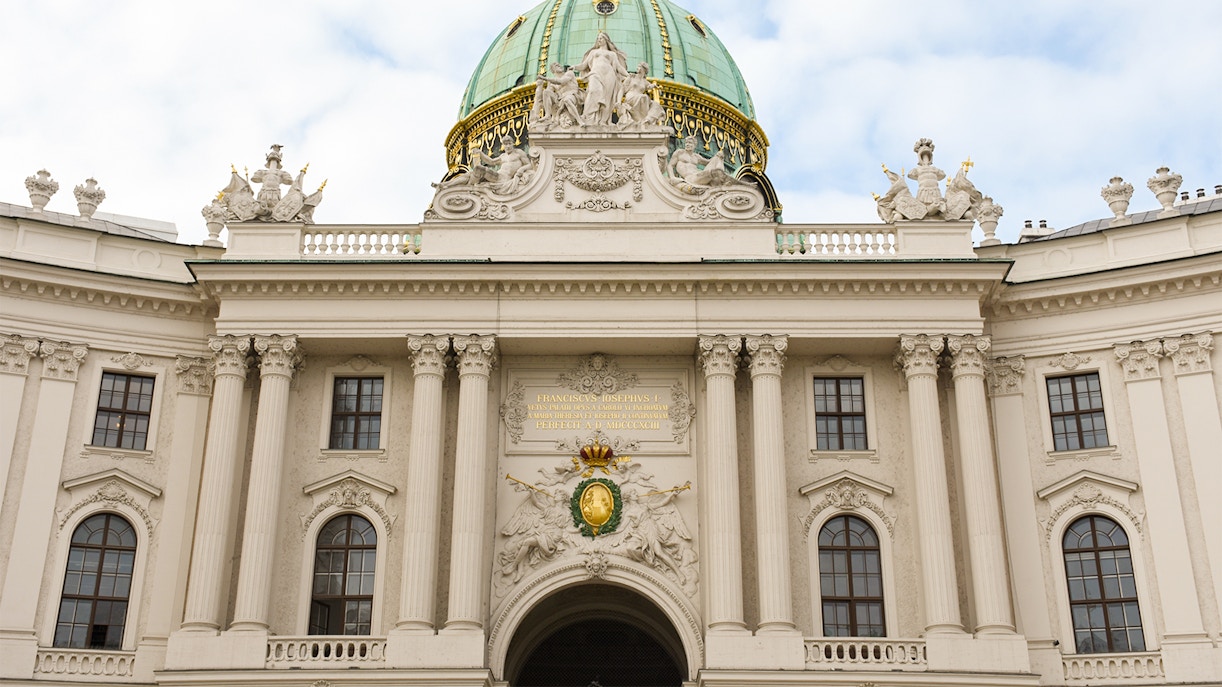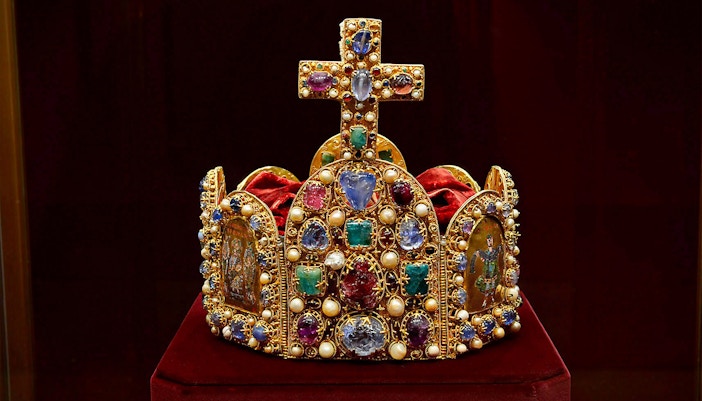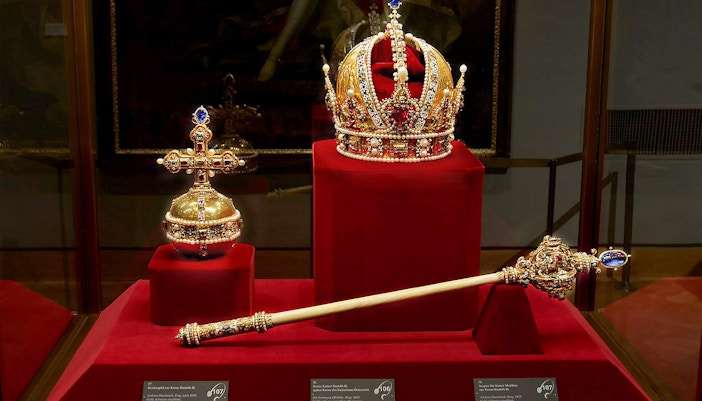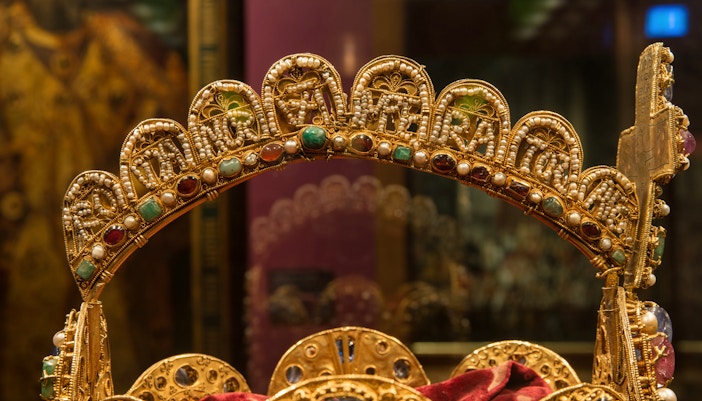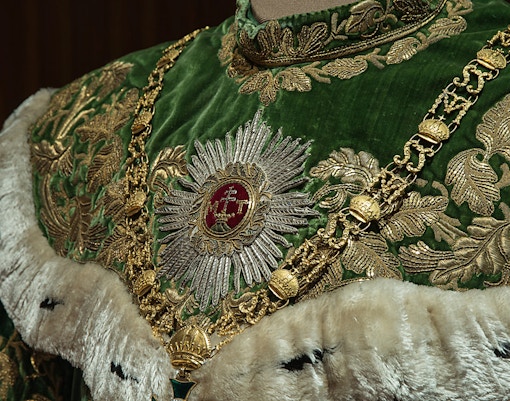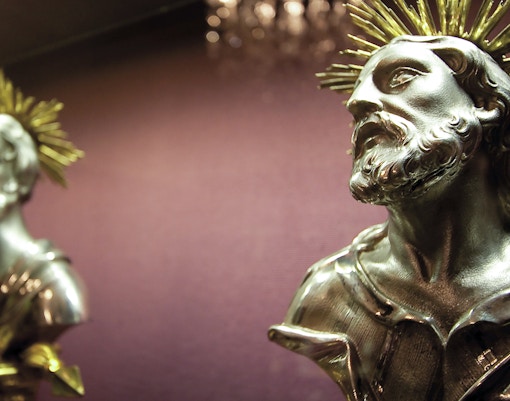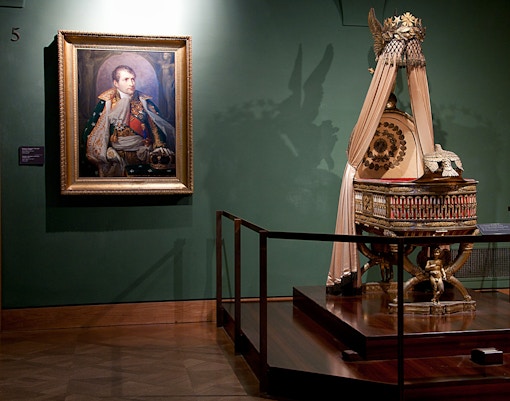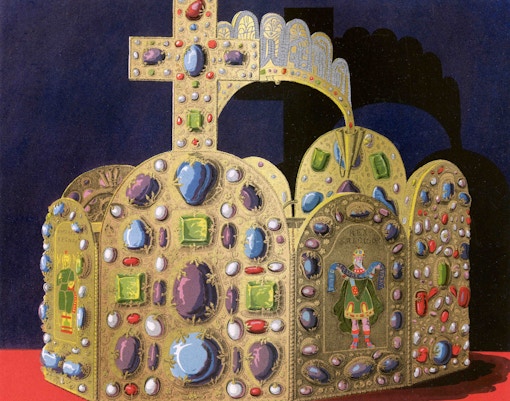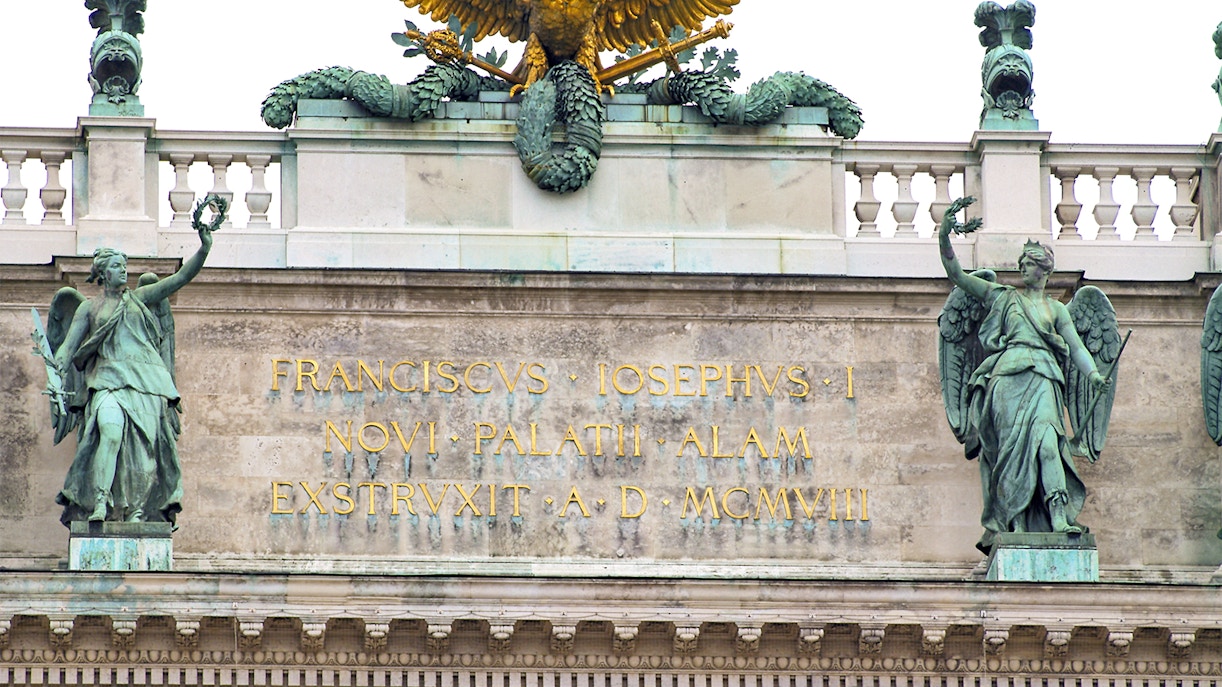The Imperial Treasury in Vienna is a captivating haven of regal treasures and historical wonders. Located within the majestic Hofburg Palace, it showcases a dazzling array of artifacts that narrate Austria's storied past. Established in 1556 by Jacopo Strada, court antiquarian of Emperor Ferdinand I, it grew in prominence under emperors like Maria Theresa. While the treasury itself wasn't physically built, architects like Johann Bernhard Fischer von Erlach and Heinrich von Ferstel contributed to the evolution of the Hofburg Palace.

